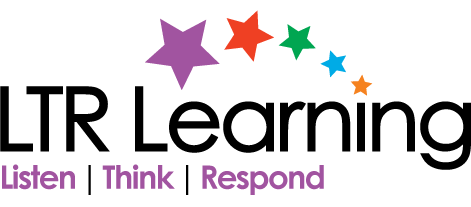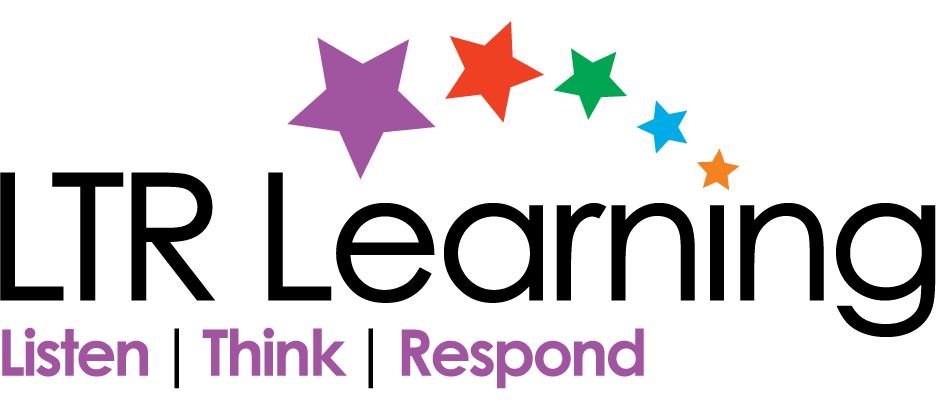Australian Standard English readily lends itself to playing with rhyme. Playing with language is a lot of fun and this builds confidence in students who are learning English as an Additional Language in an English speaking classroom. We have a great supply of traditional rhymes in the public domain which we can use. They are simple, easy to remember, often have a story with a message and even have a tune! Well, some of them!
Familiarity with traditional rhymes has the following benefits …
- Development of memory, linking words together in phrases and sentences
- Development of the ability to anticipate the possible
- Sharpened listening skills help students to focus on sounds in words
- Development of the skill of identifying and analysing the sounds in words
- Exposure to the quirkiness of English when sounds match but spelling does not, for example ‘high’, ‘sky’, ‘pie’
- Improves articulation with careful pronunciation, emphasis on the correct syllable and maintaining the beat of the rhyme which are all enjoyable aspects of language learning, especially when embedded in a melody
- The development of a sense of humour through the ridiculous, the obvious and the unexpected
- Extension of vocabulary as unknown words are encountered and discussed
- Familiarity with rhythm and rhyme is the easiest form of poetry
- Evokes emotional responses to texts
- Enjoyment of the social group context for communal recitation and singing, particularly relevant to many students whose home culture is saturated with rhythm and song
- Understanding of the different purposes of language and the connection between print language and spoken language
- Rhyme and rhythm used as a conveyor of a message make it easy to remember
- Historical research is possible with older students

